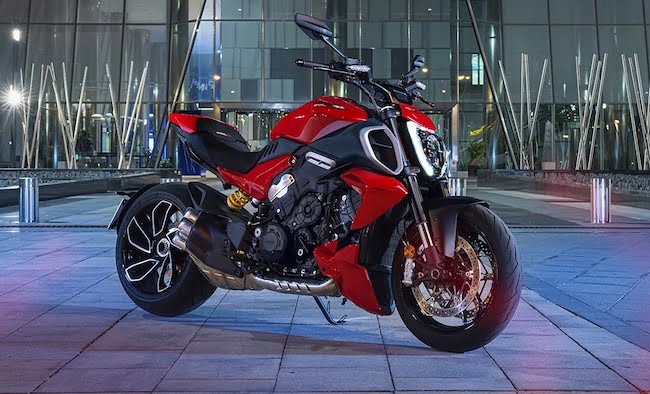Every day, millions of vehicles hit the roads in cities, towns, and on highways, all attempting to reach their respective destinations. These vehicles include cars, trucks, bicycles, and motorcycles.
While all road users should coexist harmoniously, sadly, that’s not always the case. Owing to their smaller size and unique dynamics, motorcycles are particularly vulnerable to accidents involving larger vehicles like cars and trucks.
It is essential to have a clear understanding of how to share the road safely. This article aims to provide practical tips on how motorcycles and cars can coexist on the road, thereby reducing accidents and promoting safety.
Understanding the Vulnerabilities
Before we dive into the strategies to avoid accidents, it is essential to understand why motorcycles are more prone to mishaps. Motorcycles lack the physical protection that cars provide, and hence even minor accidents can result in severe injuries or fatalities for motorcycle riders. In 2021, 5932 motorcyclists were lost in fatal accidents in the US.
Furthermore, their smaller size makes them less visible on the road, which may lead to cars inadvertently overlooking their presence. Finally, the balance and control required to handle a motorcycle are very different from driving a car, which can sometimes catch other road users off guard.
Tips for Motorcyclists
Although it is important for cars to keep an extra eye out while on the road, it is also equally important for motorcyclists to do the same, here are some tips for motorcyclists to stay safe while driving too:
- Visibility: Ensure you are visible to other motorists at all times. This could mean wearing brightly colored or reflective gear, particularly in low-light conditions, and using your lights as needed.
- Positioning: Ride where you can be seen. Don’t hide in a vehicle’s blind spot – either ride ahead or stay back. It’s also important to keep a safe distance from the vehicle in front of you.
- Communication: Use appropriate hand signals and your vehicle’s indicators to communicate your intentions to other road users.
- Defensive riding: Assume other motorists may not see you. Ride defensively, anticipating potential issues before they occur. This could mean watching out for cars changing lanes or expecting hazards on the road.
- Continuous learning: Motorcycling skills can always be improved, and rules of the road can change. Regularly updating your knowledge through motorcycle safety courses can be incredibly beneficial.
While these tips will not eradicate the dangers motorcyclists face, they will provide an additional level of safety when enjoying their ride.
Tips for Car Drivers
While motorcyclists are driving defensively, so too should car drivers. Below are some tips to help car drivers stay alert and safe on the road:
- Check blind spots: Motorcycles can easily hide in a car’s blind spots due to their smaller size. Always double-check before changing lanes or making turns.
- Maintain a safe distance: Given their agility, motorcycles may stop more quickly than cars. Keep a safe distance to prevent rear-end collisions.
- Use indicators: Always use your vehicle’s indicators to signal your intentions. This gives motorcyclists and other drivers ample time to react.
- Respect: Recognize motorcycles as full road users. They have the same rights as any other vehicle on the road.
- Education: Understand the challenges and vulnerabilities faced by motorcyclists. Awareness can lead to more empathetic, careful driving.
These tips and tricks will help prevent future accidents by staying aware of your own vehicle and those nearby.
Share The Road Responsibly
Safety on our roads is a shared responsibility. By understanding each other’s vulnerabilities and adopting considerate and defensive driving practices, both motorcyclists and car drivers can significantly reduce the risk of accidents.
We must all remember that behind each helmet, behind each steering wheel, there’s a life that matters. So, let’s gear up, buckle up, and ensure we all reach our destinations safely.


















